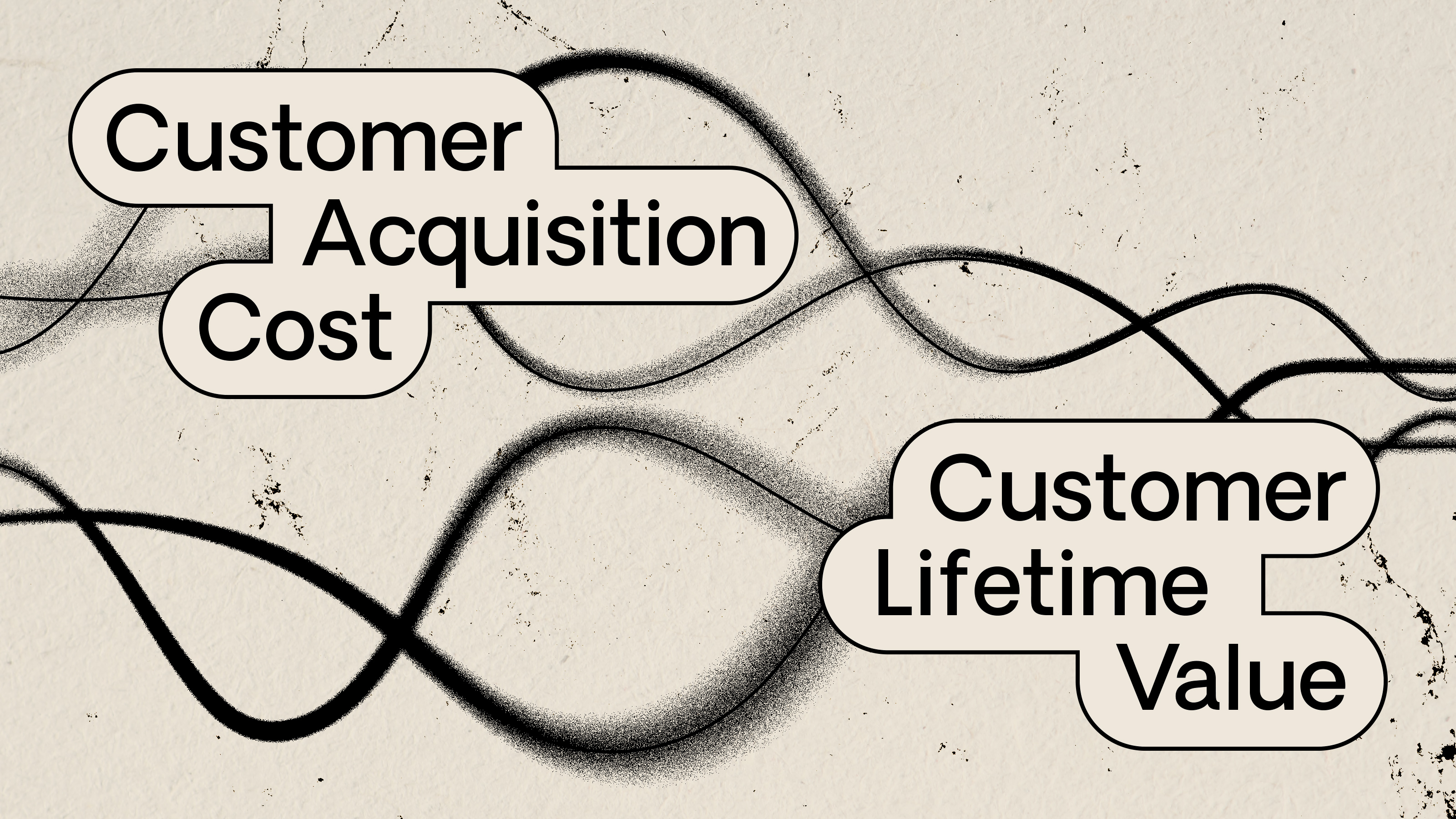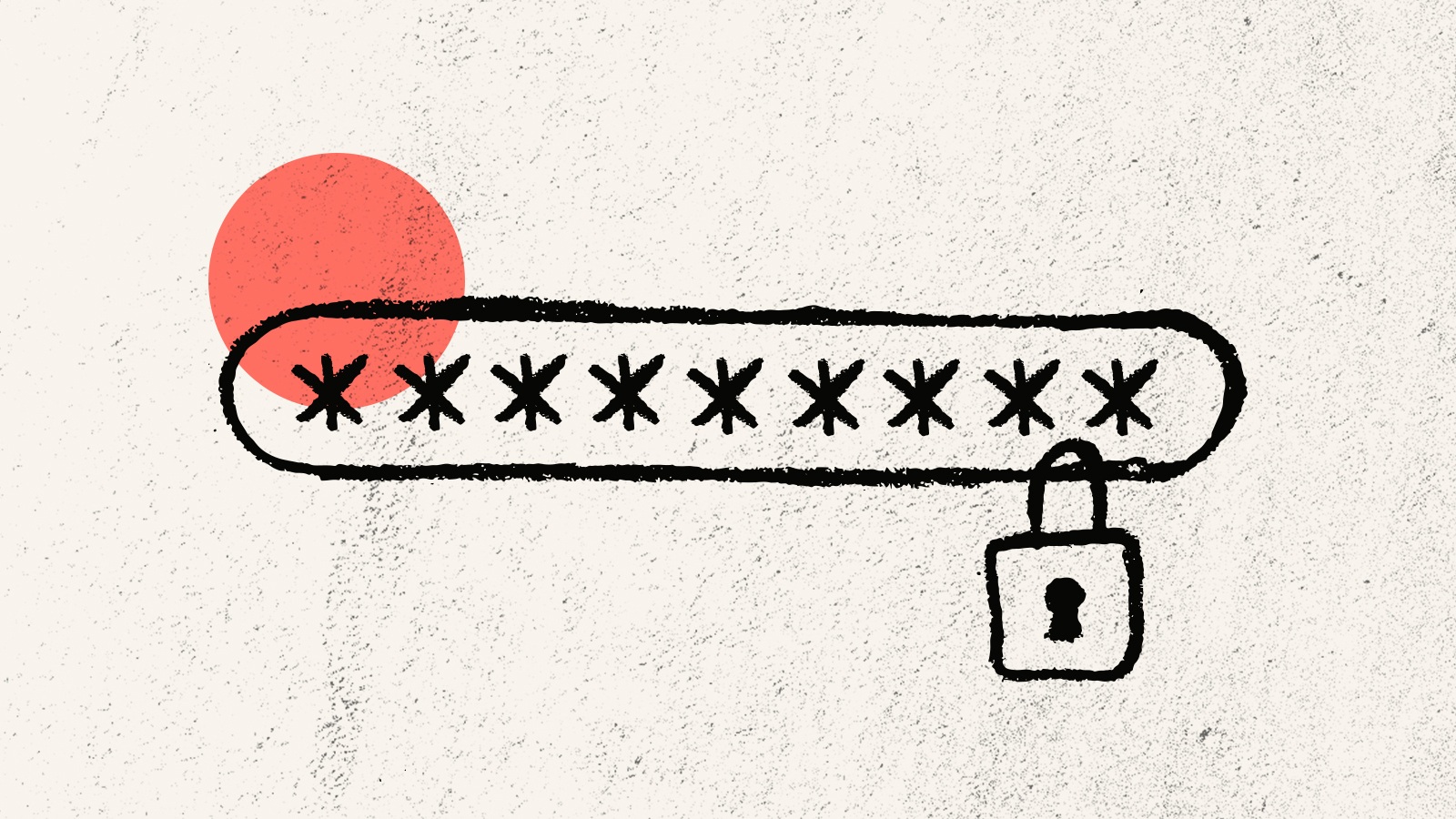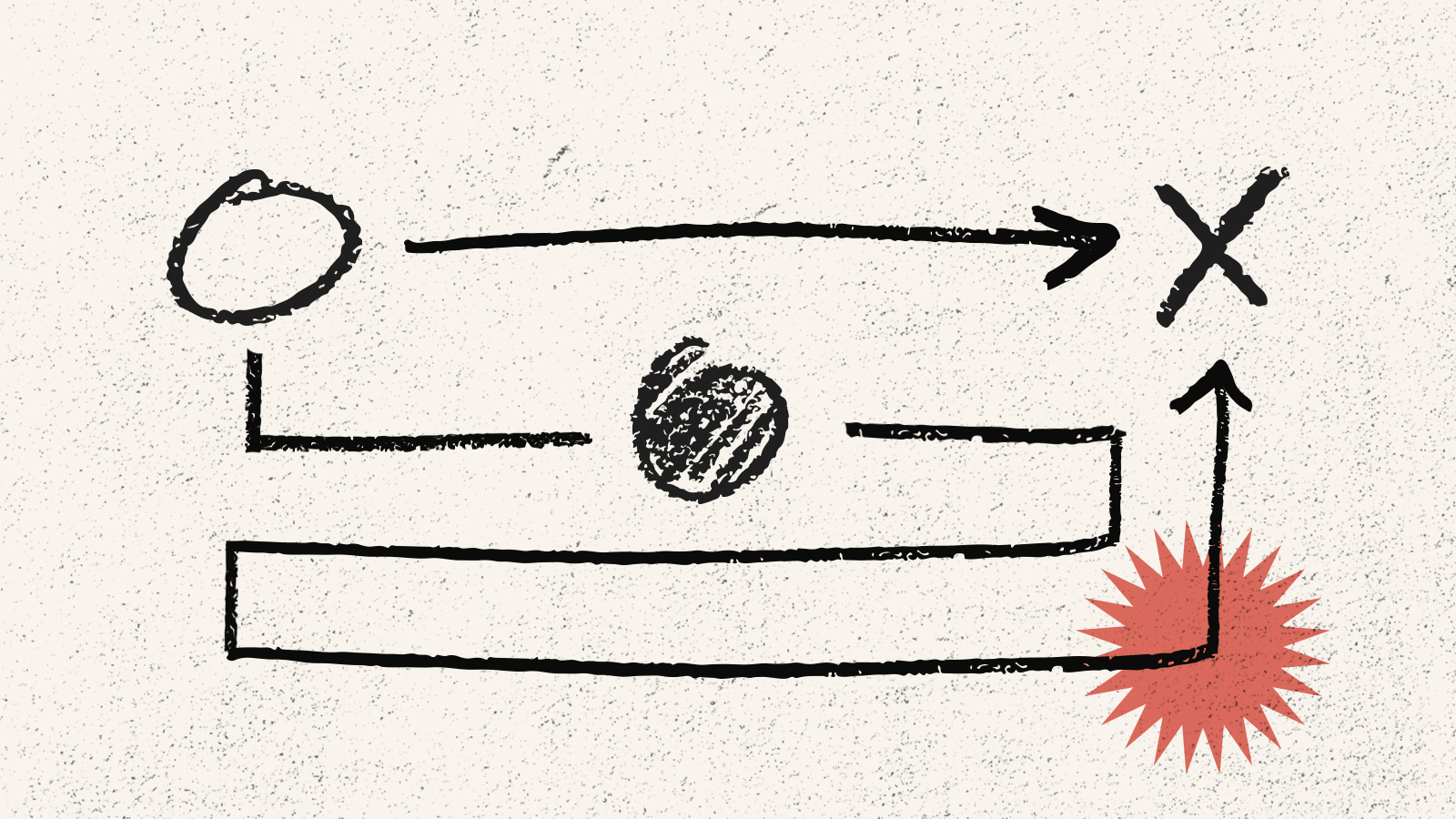

The customer acquisition cost to customer lifetime value ratio is often lauded as the ultimate measure of a brand’s success. But is this statistic really all it’s cracked up to be?

76% of businesses view customer lifetime value (CLTV) as an “essential metric” in their business, to some, an “optimal” customer lifetime value can often justify other metrics that, from the outside looking in, may indicate that your business is performing poorly, such as a high customer acquisition cost (CAC).
It stands to reason that having customers purchase multiple times is more valuable to a brand than having them only purchase once, but if the cost of getting customers to check out at all is extremely high, can we draw into question the validity of customer lifetime value as the ultimate measure of profitability?
In eCommerce, more so than any other industry with a brand-customer relationship, you have complete visibility over, not only, what your customers are doing: what they’re buying, what they’re not buying… but also, the successes of your paid for media - for example, you can see the KPIs of a Meta Ad campaign. Therefore, actually calculating your CAC:CLTV ratio is especially easy compared to most other industries, on paper at least.
Here we take an in depth look into how the CAC:CLTV ratio should be valued within your eCommerce business, and whether it’s really the be all end all of eCommerce metrics.

On paper, your customer acquisition cost is the average amount of money you spend to get a new customer. And, sure, if we reduce CAC to “how much money we spend on Facebook” then you can calculate this statistic in less than a minute, but we aren’t getting the full picture if we do that.
After all, true paid ad spend encompasses the time spent designing, scheduling, and optimising your entire campaign, in addition to the final amount spent pushing it on Google, Facebook, Instagram, etc. But, your CAC also accounts for customers found through organic advertising too. Organic advertising is not truly free, as just like with paid ads, you likely spent significant time researching, designing, perhaps filming… before your instagram post is posted or your blog goes live. Accounting for all of these factors, we can get your true CAC, by adding up all of the “costs'' of these channels. And that’s a very different number from what we typically think of as CAC.
Equally, there are considerations to be made when figuring out your CLTV too, which is typically thought of as the average amount that an individual customer spends over their lifetime as a customer. eCommerce platforms such as Shopify can give you the CLTV metric of a particular cohort. The issue here is that, CLTV, in the way these platforms view it but also how it is viewed in general, only looks at top line revenue. This means it doesn’t take into account the variable expenses that are going to increase as your order volume increases, such as shipping and tax costs.
CLTV should instead be thought of in terms of profit. So, if you know your profit margins, this becomes extremely easy to set right. We simply multiply the value Shopify gives you, by this margin, and you’re good to go…
…right?
Well, unfortunately, no. Profit still doesn’t take into account the customers who are going to make returns, or the customers who are going to contact your customer service department after making a purchase, which are additional costs too. If you’ve been in business long enough, you probably have an idea of what percentage of orders get returned or how many customers contact your customer service department, so we can map that in too. However…

This may be starting to sound more and more abstract. And this is where the real problem with CLTV rears its head. Even though reports indicate that increasing your CLTV by 5% can result in a 25% increase in profit, CLTV is not a set in stone statistic - it is a prediction. CLTV looks at what HAS happened, predicts what COULD happen, but does not tell you what WILL happen.
Here is an interesting exercise to really get a sense of this. Let’s say your average order value during January of 2023 was £100, we can use data only from 2022 to predict what it would have been based on your CLTV. This predicted number might be £110, it might be £85, but at what point is this prediction so far off in one way or another that we ask “is CLTV completely useless?”
However, despite also being largely a predictive metric, your CAC to CLTV ratio is a comparable metric. In the sense that you can compare one month’s ratio to another, which will create a trend over an extended period of time.
There’ll be no guesstimating here, as best practice indicates that a ratio between 3:1 and 4:1 is optimal for business growth. A closer ratio would indicate that you’re spending too much on your marketing for what you get in return, and a larger difference would indicate that you’re not spending enough.
Each business will fall into one of two camps, needing to reduce their CAC, or increase their CLTV, naturally begging the question, how do we do that?

The immediate impulse here is to just reduce your marketing budget overall, whilst this will have a short term impact, you will just lose out on new customers in the long run, so here are a few tips
You need to be 100% confident that you are targeting the right people. Make sure that your audience mapping across paid ad spends is hitting your target audiences, and you’ll immediately see a difference.
In Meta Ad campaigns you can split your ads out into Prospecting, Retargeting and Retention campaigns, when campaign spend is allocated effectively you can directly influence your CAC. You shouldn’t just limit yourself here however, as all of your marketing efforts can likely be categorised into one of these three subcategories, meaning you can better optimise your marketing budget overall.
Any barriers between an ad and checkout is going to frustrate potential customers and potentially cause them to abandon their purchase, increasing your CAC. Introduce streamlined payment methods such as Shop Pay or Apple Pay and make sure that the content on your site is optimised to convert too.
The best answer here is to invest in your product and eCommerce store to ensure that you are providing the customer with an enjoyable shopping experience and quality product. However, there are a few things you can do to improve the lifetime value of your customers directly.
Most customers only purchase once, which likely represents a loss if it took that customer seeing a fair few ads before finally deciding to buy. Retargeting these customers through email or social media ads is an easy way to re-engage them, after all, the probability of selling to an existing customer is 60-70%, compared to 5-20% for new customers.
Whether it be free shipping thresholds, discounted rates for bundling products, or loyalty scheme rewards, there are many ways to incentivise the buyer to spend that little bit extra, whilst providing them added value.
Deals like a “refer a friend” discount for your dedicated customers is a great way to, not only encourage repeat purchases, but to expand your customer base too. We can further capitalise on your existing customer base by asking for reviews or testimonials, which may not directly increase CLTV, but it fosters that oh-so important customer brand relationship.
Whilst your business’ CAC to CLTV ratio may not be the all seeing, all predicting metric we tend to think of it as, that does not mean that it provides no benefit, in fact it can be a beneficial modelling tool to see how successful your marketing efforts currently are, or how successful they could be if readdressed.
If you need guidance on the management of your entire eCommerce store, from customer acquisition to customer loyalty click: here.